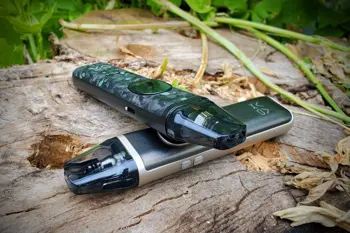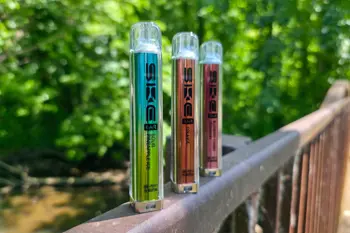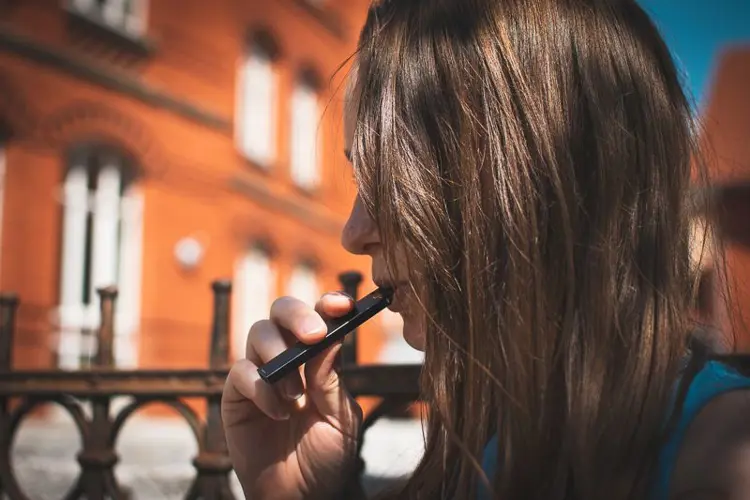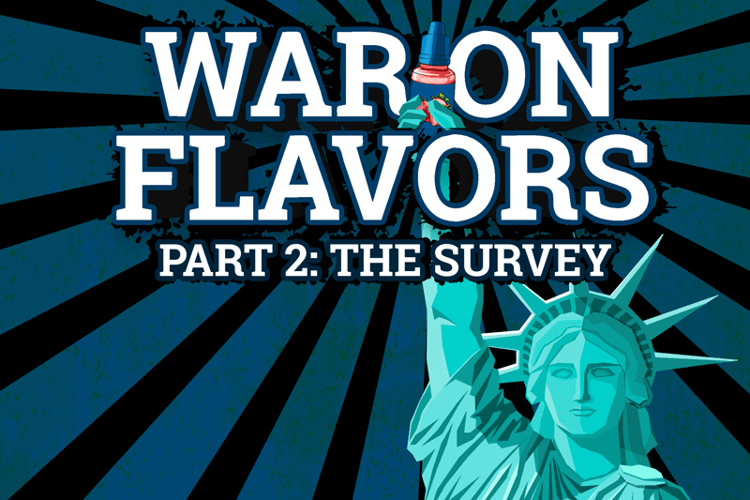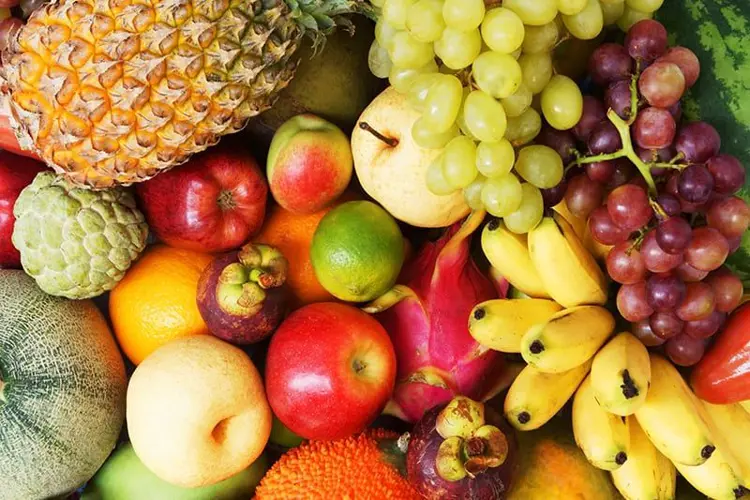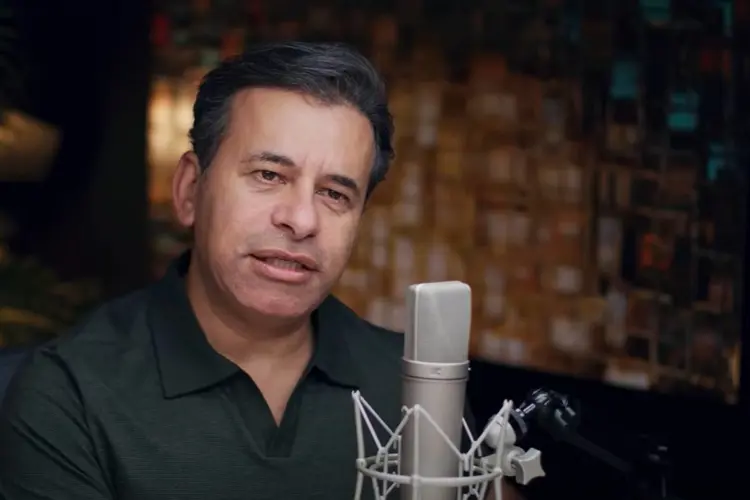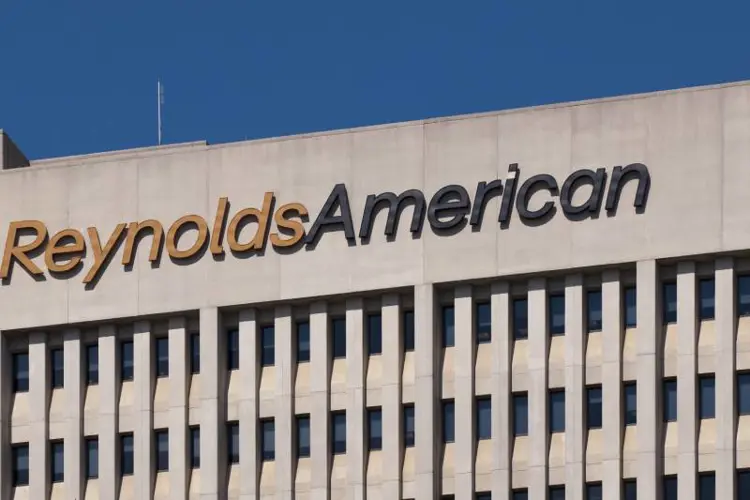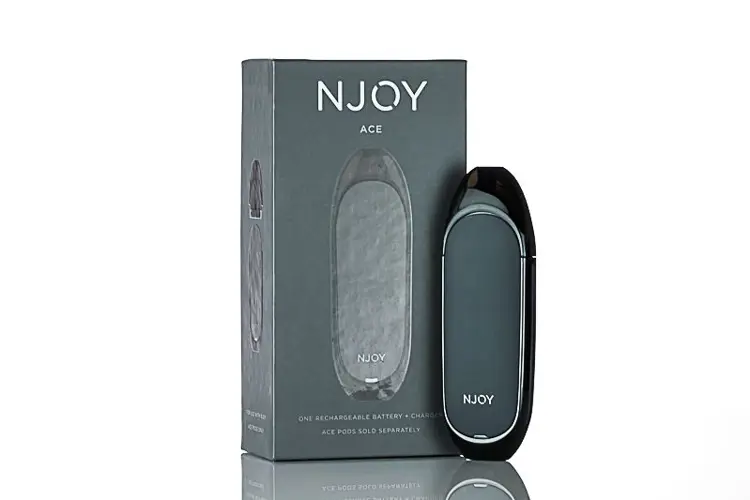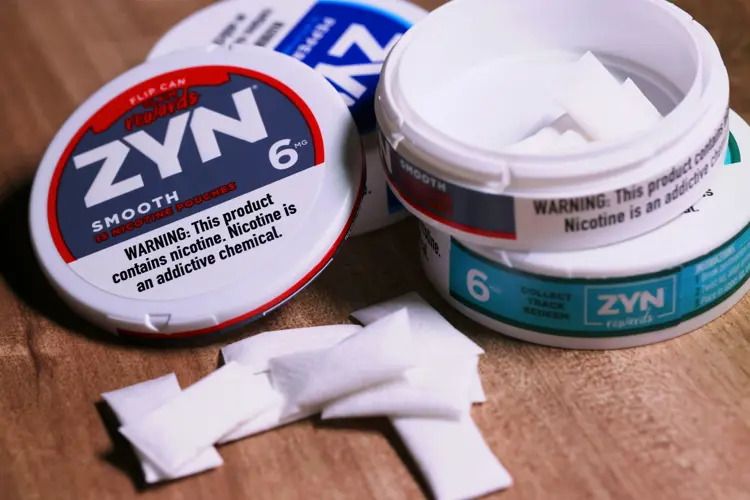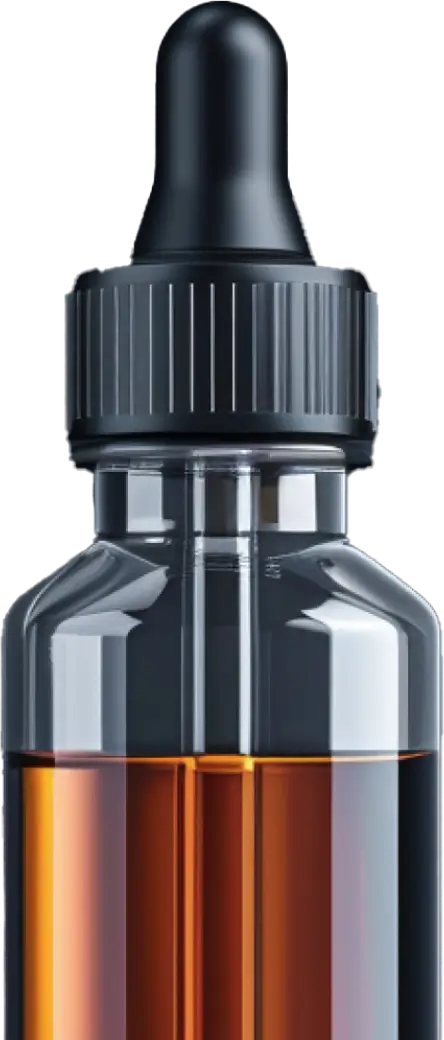How many times have you heard public health agencies and anti-vaping organizations claim that flavors are the primary reason teenagers vape? It’s been repeated often enough that many, and maybe even most, people believe it.
But a new analysis of data from the 2019 National Youth Tobacco Survey (NYTS), released last week by the Centers for Disease Control and Prevention (CDC) and the FDA, shows that flavors are definitely not the main reason kids vape. The top spot belongs to curiosity.
Among the teens who were surveyed, 56.1 percent listed curiosity as a reason they tried e-cigarettes. That was more than double the next most popular reason, “friend or family member used them” (23.9 percent).
“They are available in flavors, such as mint, candy, fruit, or chocolate” came in third at 22.3 percent. The teens could choose multiple answers, which makes flavors’ weak showing even less impressive. It’s obvious to almost everyone except the people lobbying for flavor bans that teenagers trying a vape on a lark or for a nicotine buzz are the vapers least concerned with what it tastes like.
Nearly as many kids (21 percent) selected harm reduction reasons for vaping—”They are less harmful than other forms of tobacco, such as cigarettes” and “To try to quit using other tobacco products, such as cigarettes”—as flavors. The CDC says those answers are “misperceptions of harm.” And 22 percent said the ability to do vape tricks was a reason for vaping.
There isn’t much doubt about why kids are curious about vaping in 2019. The teenagers who took the NYTS survey this spring have watched an extraordinary moral panic unfold for more than a year. They’ve been subjected to thousands of media impressions of vaping, including hundreds of news stories on TV and in print, anti-vaping commercials from the FDA and Truth Initiative, social media campaigns, school assemblies with vaping “education” provided by anti-drug groups, and FDA posters hung in their school restrooms.
Billionaire presidential candidate Michael Bloomberg has alone spent $160 million to promote flavor bans. In California, the state runs endless TV commercials showing actual kids using vapes, discussing how great they taste, how good the nicotine buzz feels, and how their cool friends all do it too. One ad campaign received a $75 million grant from the state’s California Tobacco Control Program.
Of course, tobacco control organizations blame the growth in teen use of advertising and marketing by the vaping industry. But the truth is that even JUUL, the richest vaping company of all, barely spent anything on advertising during 2017 and 2018. There is no more effective way to promote a taboo activity than having every adult run around screaming insanely about how terrible it is. And that is exactly what happened.
CDC officials have an entirely different take on curiosity: they largely ignore it. Even though the surveyed teens were two-and-a-half times more likely to list curiosity than flavors as a reason to try vaping, the agency still placed “flavored tobacco products” above curiosity among the bullet points in its press release.
“Nearly 7 in 10 (4.3 million) middle and high school students who currently use tobacco reported use of flavored tobacco products in 2019,” the CDC noted under the press release subhead “Many factors influence youth tobacco product use.” That result deserves an explanation. Does the agency believe tobacco isn’t a flavor? Does the U.S. government still not know that all commercial vaping products are flavored? Or do the kids just have no idea what they vaped when they took one hit off their friend's JUUL at a party?
Brian King of the CDC Office on Smoking and Health, told the New York Times that high “current use” (meaning any use in the past 30 days, even just one puff) of “all tobacco products” is the fault of vaping. And the Times made that the focus of its story.
“The data released today on youth tobacco product use are deeply troubling and indicate that past progress in reducing youth use of these products has been erased,” said King. “These troubling rates of use are being driven by e-cigarettes, which have no redeeming aspects among youth.”
King, of course, doesn’t recognize what is in fact a huge redeeming aspect: teens who vape are not smoking. Twenty years ago, in 1999, “current use” of cigarettes by high school kids was 34.8 percent—six times higher than in 2019. Past 30-day cigarette smoking by high school students this year was just 5.8 percent—the lowest ever measured. Past 30-day vaping climbed to 27.5 percent, but the vast majority of those kids are engaged in experimentation.
The Times didn’t mention that curiosity is the single biggest reason that adolescents experiment with vaping. Neither did UPI, Politico, or the Daily Mail. Press releases from Campaign for Tobacco-Free Kids, the American Cancer Society Cancer Action Network, the American Heart Association, and the American Lung Association also failed to mention the role of curiosity.
The CDC leaders quoted in the agency’s press release had no comment at all on the 28 percent dip in cigarette smoking—the largest one-year decline ever. Likewise, the Times ignored it completely, and UPI relegated it to a small paragraph buried in its story. “There was a small bit of good news from the new 2019 data: Only 5.8 percent of high school kids, and 2.3 percent of middle school students smoke traditional cigarettes,” said the news service.
The NYTS is an annual survey administered jointly by the FDA and CDC to middle- and high school students. Last year, then-FDA commissioner Scott Gottlieb used unpublished preliminary results to claim that we were in the midst of an “epidemic” of youth vaping. Gottlieb brandished the secret numbers like a bludgeon to beat the vaping industry for two months before anyone else got the chance to review them.
“We know that the flavors play an important role in driving the youth appeal,” Gottlieb said in a public statement Sept. 11, 2018. “And in view of the trends underway, we may take steps to curtail the marketing and selling of flavored products.” Gottlieb sent letters to JUUL Labs and the major tobacco companies asking them to voluntarily remove flavored products from the market.
The CDC has apparently decided to turn the early and sporadic release of NYTS data into a tradition. This year early survey results (for teen vaping and smoking only) were released on Sept. 11 to back up the Trump administration’s announcement that the FDA would issue guidance to “clear the market” of flavors (except tobacco).
“The Trump Administration is making it clear that we intend to clear the market of flavored e-cigarettes to reverse the deeply concerning epidemic of youth e-cigarette use that is impacting children, families, schools and communities,” said Health and Human Services Secretary Alex Azar. “We will not stand idly by as these products become an on-ramp to combustible cigarettes or nicotine addiction for a generation of youth.”
The outcry from anti-vaping groups when Trump decided to pause the flavor ban may have been so shrill because they knew that the soon-to-be-announced NYTS results wouldn’t prop up their flavors-hook-kids narrative.
It’s possible that Azar didn’t brief the President fully on the reasons teens listed for vaping before persuading him that a flavor ban was needed. It appears from his statements at the time that he was convinced flavors were the primary reason kids decide to try vaping. Most executives would be very unhappy with an adviser who withheld information while trying to influence his policy decision. If that’s true, Sec. Azar may have a lot of explaining to do.
The Freemax REXA PRO and REXA SMART are highly advanced pod vapes, offering seemingly endless features, beautiful touchscreens, and new DUOMAX pods.
The OXVA XLIM Pro 2 DNA is powered by a custom-made Evolv DNA chipset, offering a Replay function and dry hit protection. Read our review to find out more.
The SKE Bar is a 2 mL replaceable pod vape with a 500 mAh battery, a 1.2-ohm mesh coil, and 35 flavors to choose from in 2% nicotine.
Because of declining cigarette sales, state governments in the U.S. and countries around the world are looking to vapor products as a new source of tax revenue.
The legal age to buy e-cigarettes and other vaping products varies around the world. The United States recently changed the legal minimum sales age to 21.
A list of vaping product flavor bans and online sales bans in the United States, and sales and possession bans in other countries.


